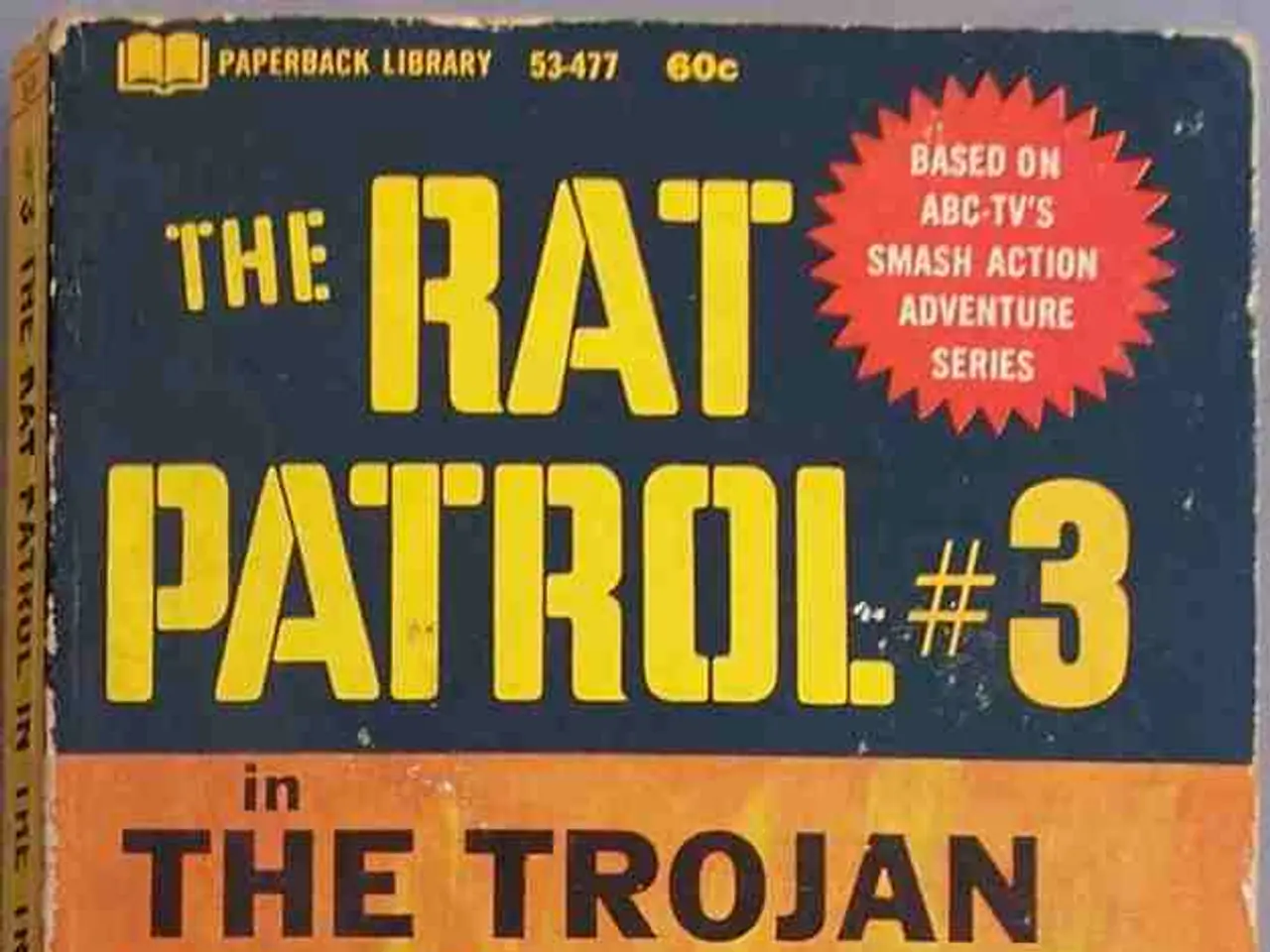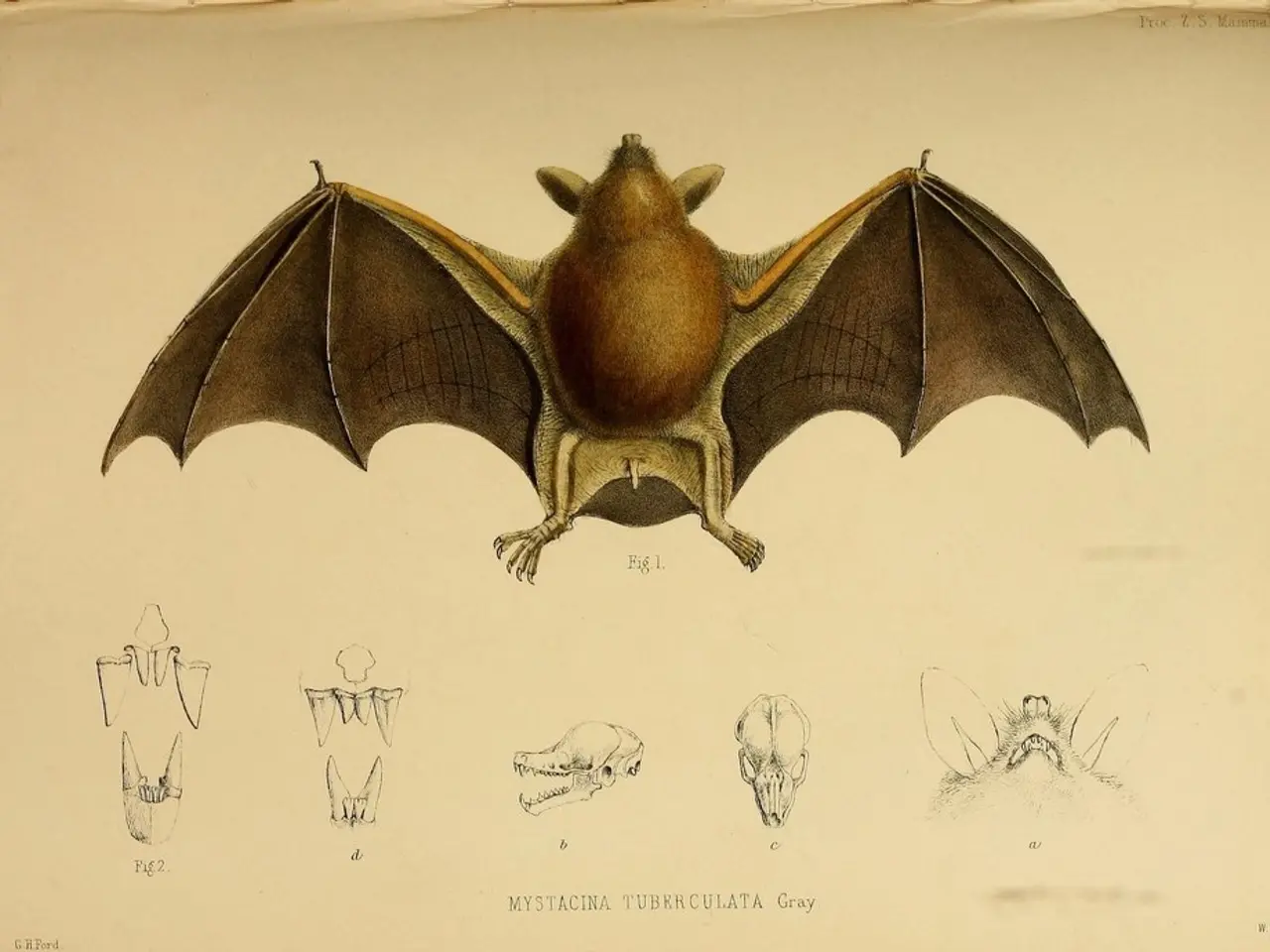Transforming India's Military Might in the Digital Revolution: Algorithmic Era Strategy
In a bid to modernize its military, India is set to deploy Internet of Things (IoT) sensors across its armored and aviation fleets for predictive maintenance, aiming to reduce downtime by 25% by 2028. This move is part of a larger strategy to achieve a sub-5-second sensor-to-shooter cycle, a feat that would significantly enhance India's military capabilities.
The Indian government has also proposed a 18-month ceiling for defense acquisition procedures, as part of its efforts to streamline the process and expedite the integration of new technologies. The 2025-26 Union Budget has allocated ₹6.81 lakh crore (US$81 billion) to defence, with a record ₹1.12 lakh crore ring-fenced for indigenous procurement.
One of the key areas of focus is the development of drone technology. India has signed a 31-unit MQ-9B HALE drone deal with the United States and plans to repurpose the Tamil Nadu and Uttar Pradesh Defence Industrial Corridors into dedicated drone hubs. The integration with civil aviation Air Traffic Control (ATC) is also being considered to avoid fratricide in the counter-drone mesh.
India's Defence Cyber Agency is already operational, and a secure, indigenously hosted cloud is to be built for real-time integration of Intelligence, Surveillance, and Reconnaissance (ISR) feeds, electronic order-of-battle, and strike authorization. A Green Defence Code is also to be implemented, mandating life-cycle carbon and rare-earth accounting in all Requests for Proposal above ₹500 crore.
The second Revolution in Military Affairs (RMA) is being driven by several key technological advancements, including widespread deployment of drones and precision weapons, contested space and electronic warfare, artificial intelligence (AI)-enhanced decision-making, autonomous systems, advanced command and control decentralization, and next-generation personal weaponry such as AI-assisted targeting and electromagnetic railguns.
These technologies are reshaping conflicts worldwide. In conflicts like Russia-Ukraine, Israel-Gaza, and India-Pakistan, they are altering operational dynamics and strategic posture. For instance, Russia produces thousands of precision drones daily, leveraging swarm tactics and electronic warfare to degrade enemy battlefield awareness and space assets.
However, the transient nature of technological overmatch is becoming evident, as adversaries increasingly replicate these capabilities. India recognizes this and is focusing on operational concepts and effective integration of diverse technological capabilities under contested conditions.
The resurgence of nuclear weapons as a central strategic factor further complicates the military balance, underscoring a multi-domain competition that blends conventional, hybrid, and strategic deterrence elements.
In the face of these technological advancements, India is also addressing the skills gap. Women form less than 12% of the officer cadre in India, and there is a shortage of approximately 9000 AI/cyber specialists across the three Services. To counter this, AI-enabled RF and electro-optical jammer networks are to be deployed at 12 critical bases to counter drones, and a 50-satellite small-sat constellation is to be launched under IN-SPACe for resilient theater-ISR and debris avoidance.
Classical Indian strategist Kautilya privileged Anvikshiki (inquiry) over brute force, a philosophy that continues to guide India's approach to military modernization. As India navigates the complexities of the second RMA, it is clear that this ancient wisdom remains as relevant as ever.
[1] The Diplomat - The Second Revolution in Military Affairs: India's Path to Future Warfare [2] Carnegie Endowment for International Peace - The New Era of Great Power Competition [3] Centre for Air Power Studies - The Indian Approach to the Second Revolution in Military Affairs [4] The Jerusalem Post - Israel-Gaza: The Role of Drones in Asymmetric Warfare [5] The National Interest - The Future of War: Artificial Intelligence and the Second Revolution in Military Affairs
- To ensure the maintenance of its advanced military technology, India is planning to integrate green defense practices by implementing a Green Defence Code, mandating life-cycle carbon and rare-earth accounting in all future defense procurement proposals.
- Recognizing the importance of drone technology in modern warfare, India aims to repurpose the Tamil Nadu and Uttar Pradesh Defence Industrial Corridors into dedicated drone hubs, with a focus on improving the environmentally friendly aspects of its unmanned aerial vehicle programs.




